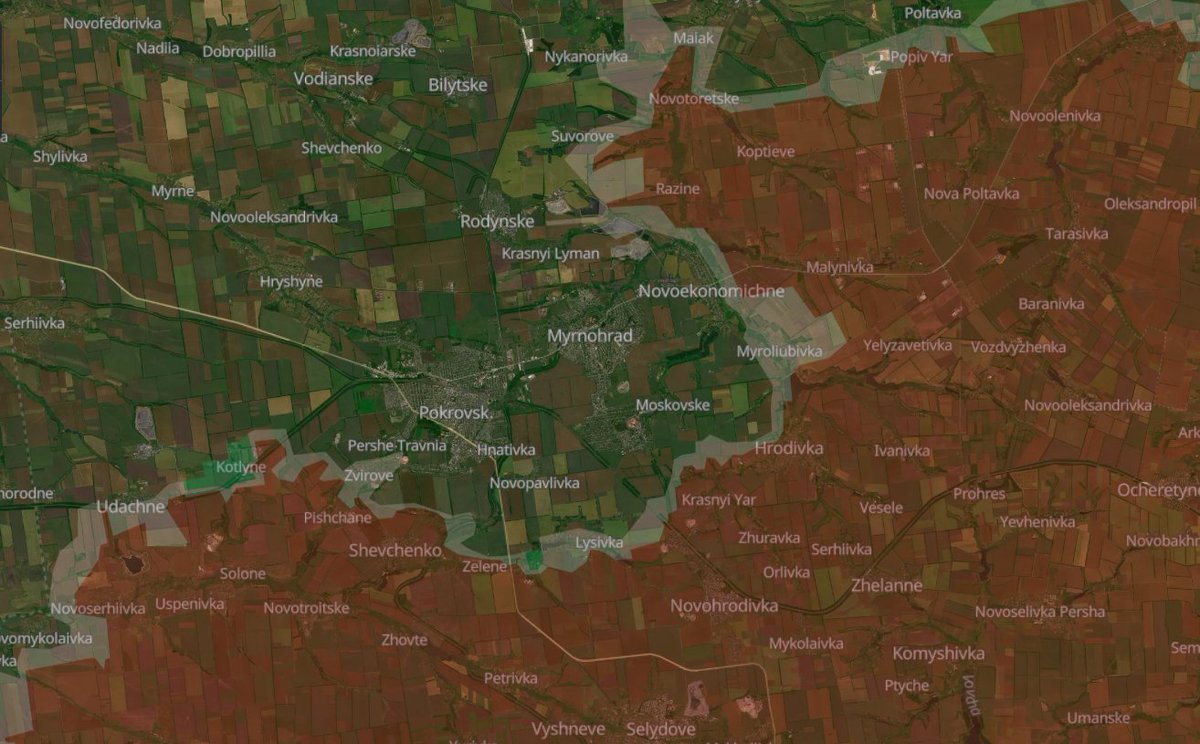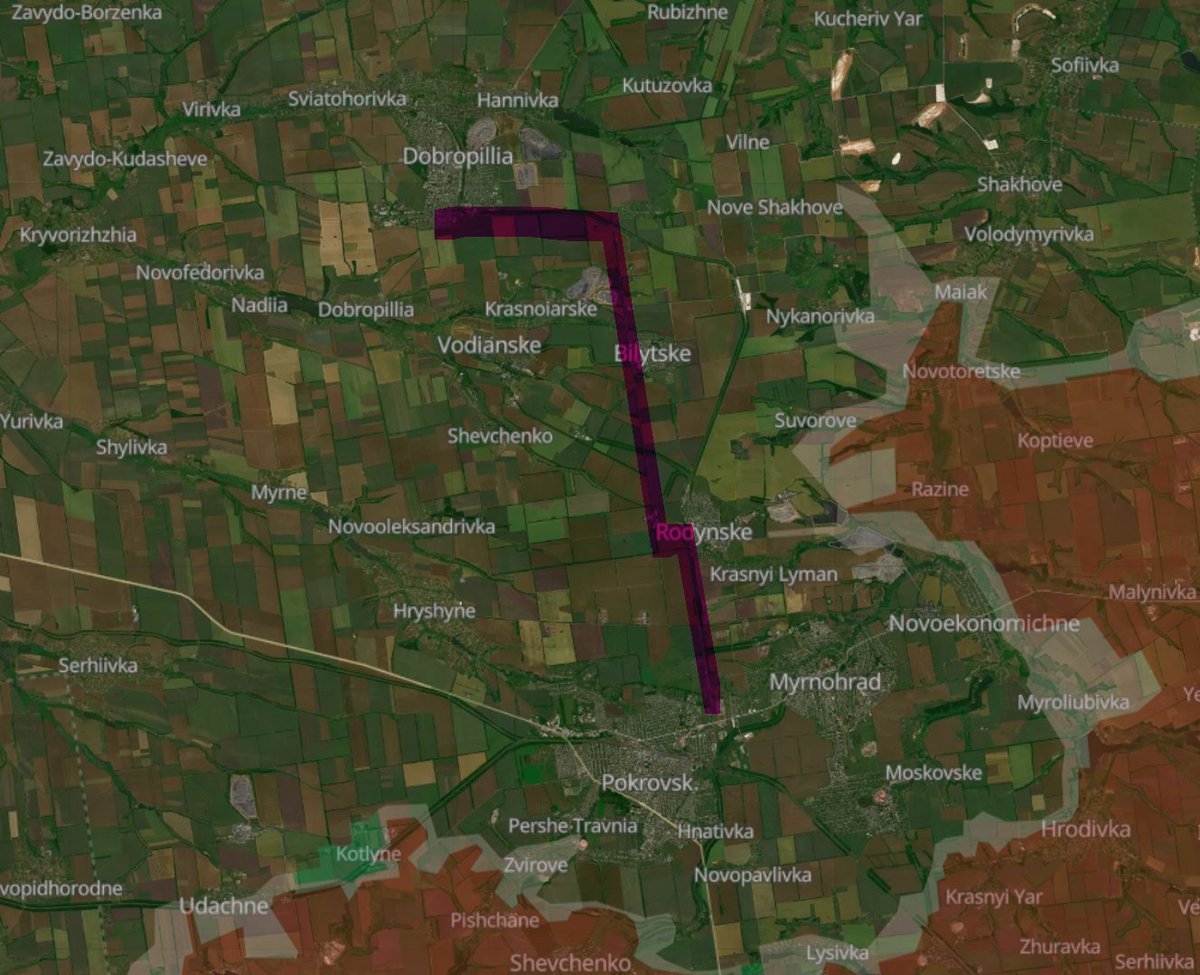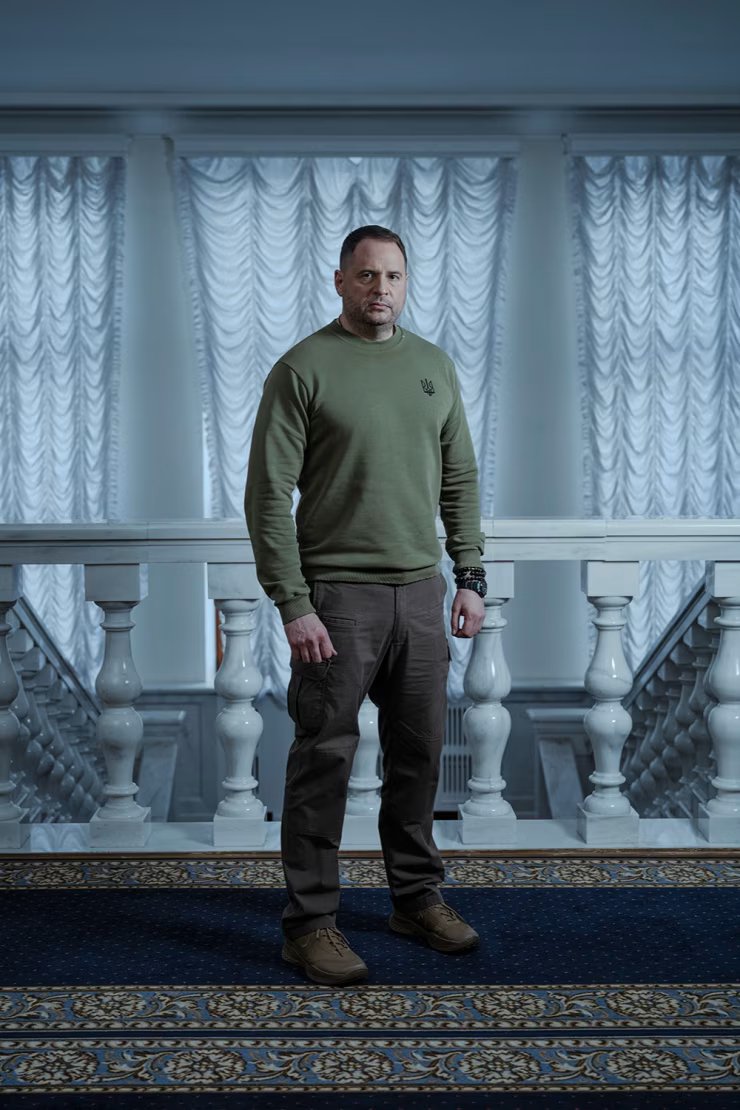Another Ukrainian drone strike inside Russia, likely targeting a railway traction substation in the Volgograd region. The strike caused a visible fire. Some reports mentioned a nearby oil refinery, but our analysis points to the substation. More details in the thread: 

2/ NASA’s FIRMS system locates the fire in the area where the substation is located, marked by the red rectangle on the map. The governor of Volgograd also stated - due to falling drone debris, power supply to the railway’s network in the Oktyabrsky district has been disrupted

3/ The Zhutovo railway traction substation (110/35/27/10 kV) powers the electrified rail line between Volgograd and Kotelnikovo. Disabling it cuts power to electric trains, disrupting traffic along this important logistical route. But what makes it particularly important?
4/ Along the Volgograd–Kotelnikovo line, several key industrial facilities are located: the Petrov Factory - heavy or military-related production; the Kirov Factory - heavy industry, including defense manufacturing; and the Erman Factory - metallurgical and machine-tool output. 
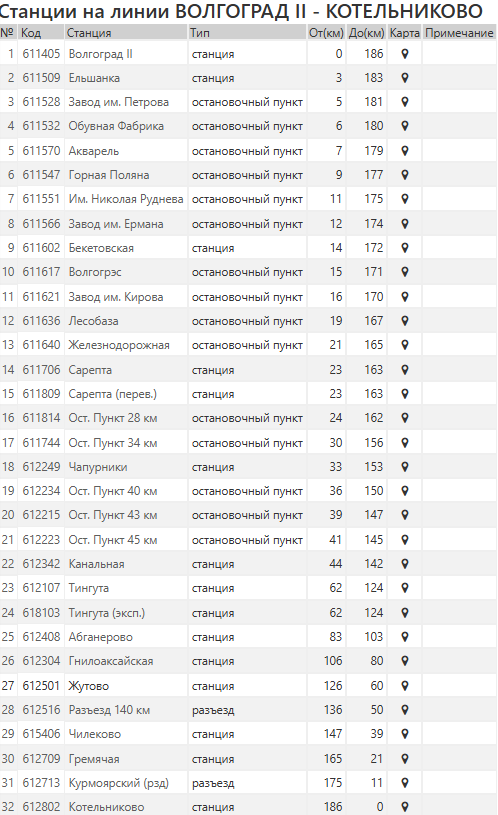
5/ The final station on this line, Kotelnikovo, is also home to a military airfield - the 213th Training Aviation Base. While primarily used for training military pilots, it has previously been observed participating in rare combat operations, including missile launches. 
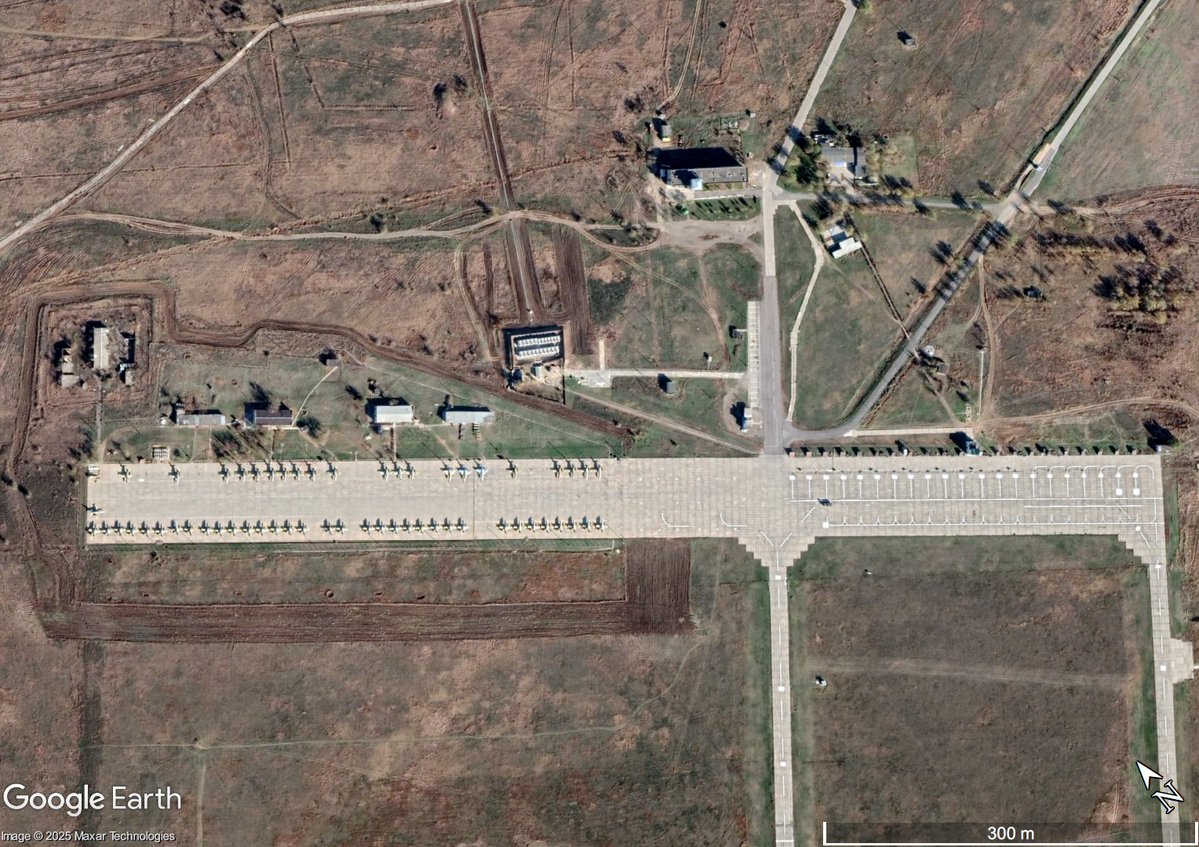
6/ Thanks for reading. If you value the work our team does to bring timely and verified information, consider following us to support what we do. A like and share on the first post of this thread also helps more people see it in their feed - every bit of visibility counts.
• • •
Missing some Tweet in this thread? You can try to
force a refresh






